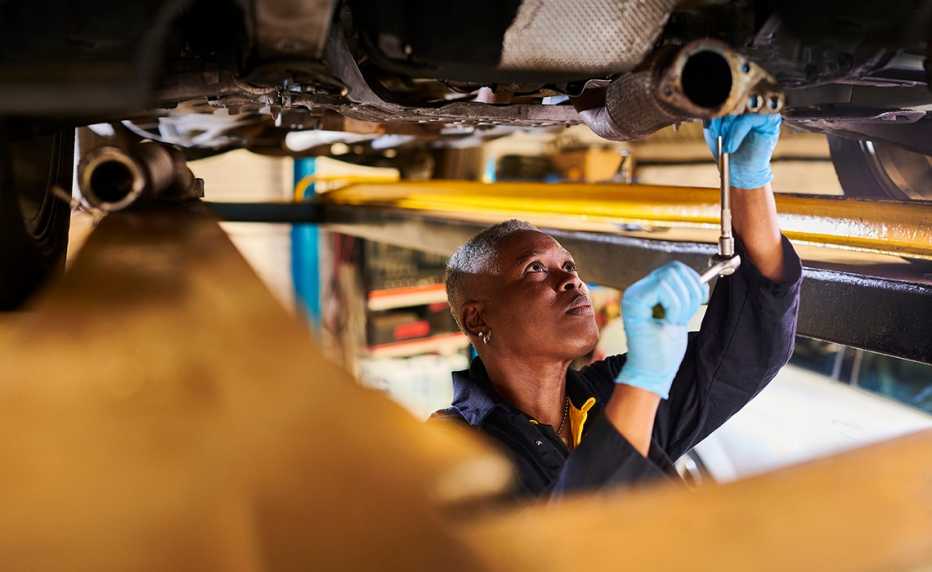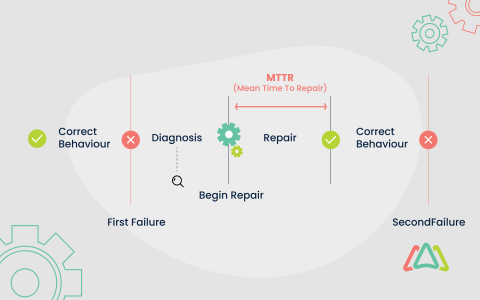So, you’re hearing ‘restoration technician’ and maybe picturing someone meticulously fixing old paintings or antique furniture. Wrong. Totally wrong. I deal with messes. Big ones. The kind left behind by burst pipes, kitchen fires, or that creeping mold that gives everyone the creeps. It wasn’t exactly a career path I dreamed of as a kid, let me tell you.
How’d I get here? Well, life throws curveballs. I was in sales for a good while, chasing targets, making calls. Then the market shifted, or maybe I just burned out on the corporate song and dance. One day, I was ‘restructuring’ myself right out of a job. Needed something, anything, to keep the lights on. Saw an ad: “Restoration Tech. Hard work. Good pay. No experience needed for the right person.” I figured, “Right person? I can be the right person.” I needed to be.

Getting Started: The Real Deal
My first week was an eye-opener. They don’t ease you into it. Day one: a flooded basement. The smell hits you first – damp, musty, like old socks and dirt. My supervisor, a guy named Mike who’d seen it all, just handed me a pair of heavy-duty gloves and pointed. “Start pulling that carpet,” he said. So, I did. Ripped up soaked, heavy carpet. Pulled down soggy drywall. It was messy, it was physical, and it was a world away from spreadsheets and client lunches.
You learn quick. You have to. Water jobs are common. First, you gotta find the source and stop it. Sounds simple, but water is sneaky. Then it’s extraction. We’ve got these powerful truck-mounted vacuums that suck up gallons and gallons. After that, it’s all about drying. We bring in an army of air movers – basically giant fans – and dehumidifiers. The noise is incredible. Imagine trying to live in a house with half a dozen jet engines taking off in your living room for three or four days straight. That’s what our clients deal with.
The Nitty-Gritty: More Than Just Water
It’s not all water, though. We handle fire damage too. That’s a whole different level of grime. The soot gets everywhere, into every tiny crack. And the smell… that smoky, acrid smell clings to everything. We spend hours, days, cleaning, scrubbing, using special sponges and chemicals to try and get rid of it. Sometimes you’re just salvaging what you can, bagging up belongings that are too far gone. It’s tough, seeing people’s homes like that.
And then there’s mold. Ugh, mold. That requires suiting up. Full Tyvek suit, respirator, goggles. You look like you’re about to enter a hazardous waste zone, and sometimes, it feels like it. We contain the area, set up air scrubbers, and then it’s careful removal of affected materials, cleaning, and treating surfaces. You can’t mess around with mold; it can make people really sick.
- Step one: Always assess the situation. Safety first.
- Step two: Containment. Stop it from spreading.
- Step three: Removal. Get the bad stuff out.
- Step four: Cleaning and sanitizing.
- Step five: Drying and dehumidification. Make sure it’s truly dry.
What I’ve Learned
This job… it’s not glamorous. It’s physically demanding. You’re crawling in tight spaces, lifting heavy equipment, dealing with unpleasant sights and smells. Some days you go home absolutely filthy and exhausted. But here’s the thing: when you walk away from a job, you’ve made a real, tangible difference. You’ve taken a space that was a disaster – flooded, burned, or moldy – and you’ve made it clean, safe, and ready for repair. You’re helping people get their lives back on track after something bad has happened. They’re usually pretty stressed, pretty upset, and seeing us work, seeing progress, it helps them.
It’s definitely not pushing paper. Every day is different. You see all sorts of houses, meet all sorts of people. And you learn to appreciate a dry, clean, mold-free home a whole lot more. It’s honest work. Hard work. But honest. And some days, that’s exactly what you need.















